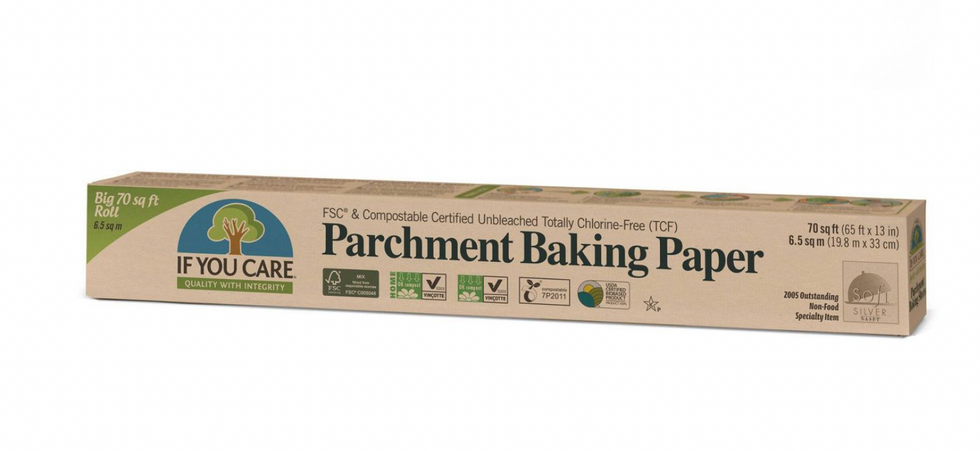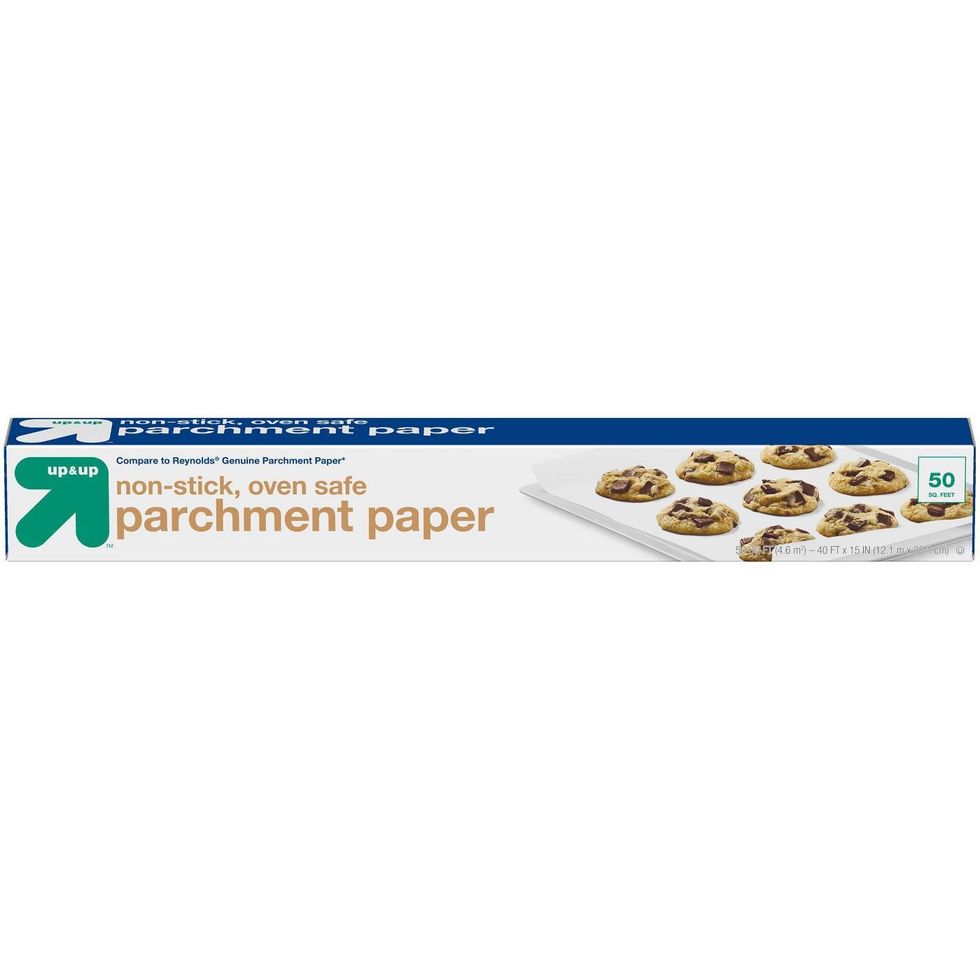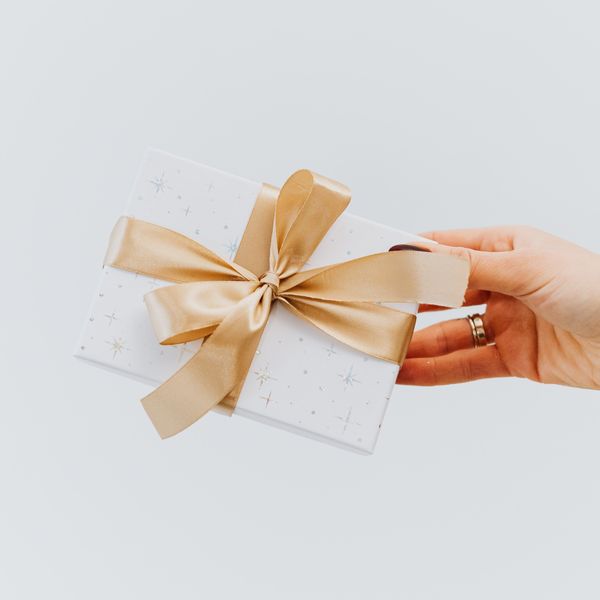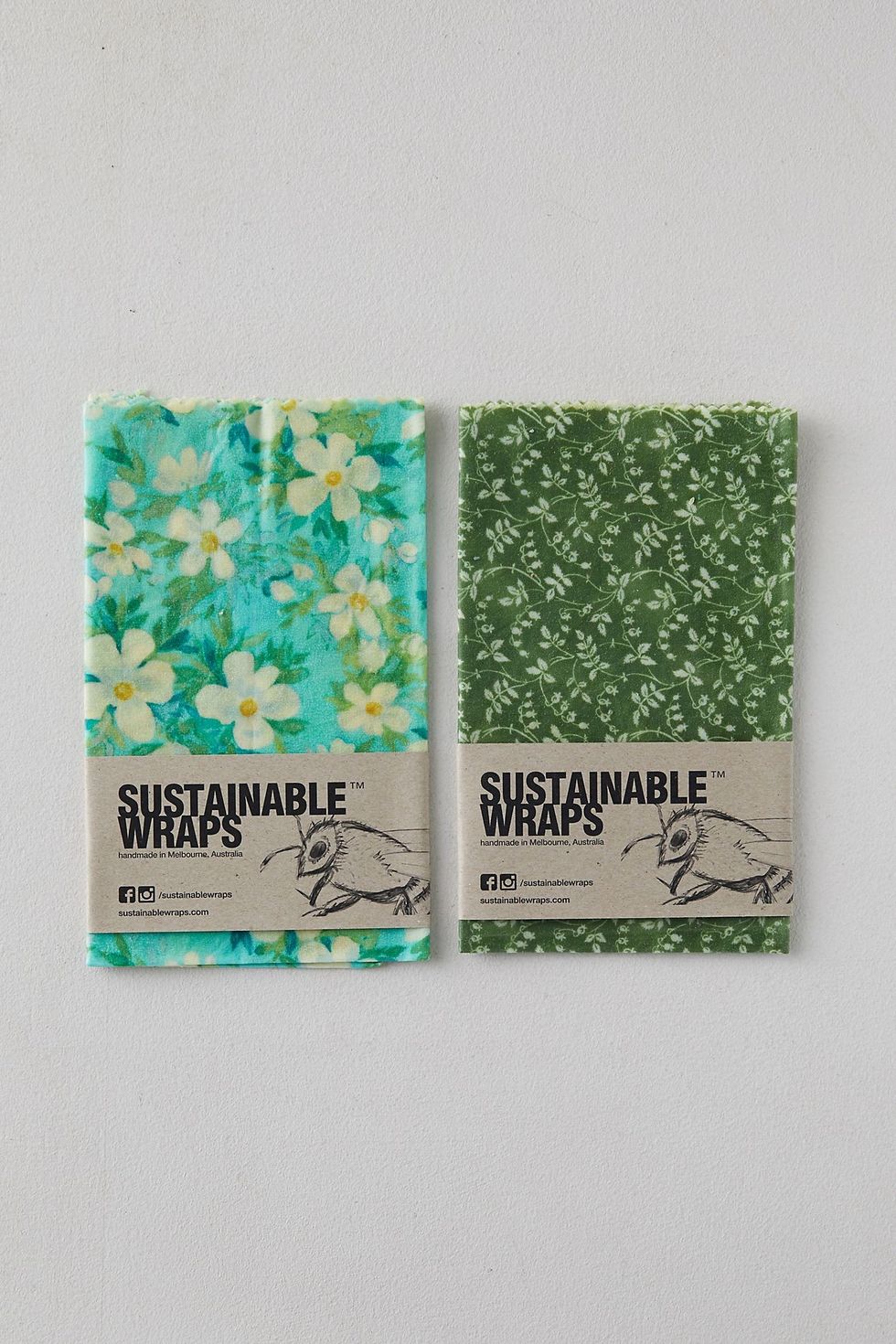It’s time to make the switch.
Why You Need to Stop Using Foil and Use Parchment Instead

Aluminum foil might be your go-to for ease and convenience when cooking (and cleaning up!), but if you're using it, it might be time to make the switch to parchment. Like margarine and plastic containers, aluminum foil is no longer the best option. Next time you're making a baking sheet dinner or wrapping up your camping leftovers, consider reaching for parchment paper instead. Here's why.
Aluminum's Potential Health Risks
First, let's examine aluminum's potential health risks, controversial as they may be. Aluminum foil is made from — you guessed it — aluminum, a metal that has been linked to Alzheimer's and kidney disease. Though the link has been called weak, that may not be a risk you're willing to take with your health.
Some aluminum does leach into your food when you cook with foil — and that amount increases when you use high heat or with acidic foods like tomatoes, citrus, or vinegar. (You may notice some discoloration and dark spots on the foil.) Aluminum (like the kind used in deodorants) also has a connection to breast cancer. A few studies have shown "a disproportionately high incidence of breast cancer in the upper outer quadrant of the breast" — right where your body (and the often open pores of your underarms) is exposed to aluminum. These reasons may be enough to give you pause, but if you're not convinced, consider the culinary advantages of parchment.
Ease of clean-up is the primary reason most of us reach for foil, but parchment is just as convenient. It can safely be used at temperatures up to 450 degrees Fahrenheit (meaning parchment won't burn at those temperatures) and can be reused if it's not too dirty (such as when baking cookies). And some brands (including If You Care) are compostable!
If You Care Parchment Paper

Up & Up Parchment Paper

10 Ways to Use Parchment
1. Line baking sheets for cookies, roasted veggies, and more.
2. Wrap up leftover baked goods — the parchment allows for a little more moisture to escape, ensuring fresher cookies, muffins, and banana bread.
3. Line loaf and cake pans to prevent them from sticking.
4. Wrap fish, chicken, or tofu and veggies with herbs, spices, and flavorful liquids to create quick dinners en papillote.
5. Cover dishes in the microwave to eliminate splatter. (You can do this in the oven too. Place an inverted baking sheet on top of dishes to further lock in moisture while your food cooks.)
6. Use it as a makeshift pastry bag. Simply roll it up, tape the edge, and insert your tips.
7. Create a custom-size funnel. If you're trying to transfer dry ingredients to a bowl or want to pour something into the blender without a mess, reach for parchment. Roll into the size you need, tape the edge, then pour your ingredients with no muss, no fuss!
8. Place under greasy food to absorb excess oil.
9. Cut small squares and place between food before freezing or storing. This makes life much easier when you only want to thaw one burger at a time, or when you need to put two layers of brownies in one to-go container.
10. Place a sheet of parchment on your counter before rolling out pie crust or kneading bread dough for quick clean-up. For pie crusts, you can also roll your dough between two sheets for less mess and easier transport to your pie plate.
Want more kitchen tips and meal inspiration? Follow us on Pinterest.
Brit + Co may at times use affiliate links to promote products by others, but always offers genuine editorial recommendations.
(Photo via Brit + Co)
This post has been updated.





















